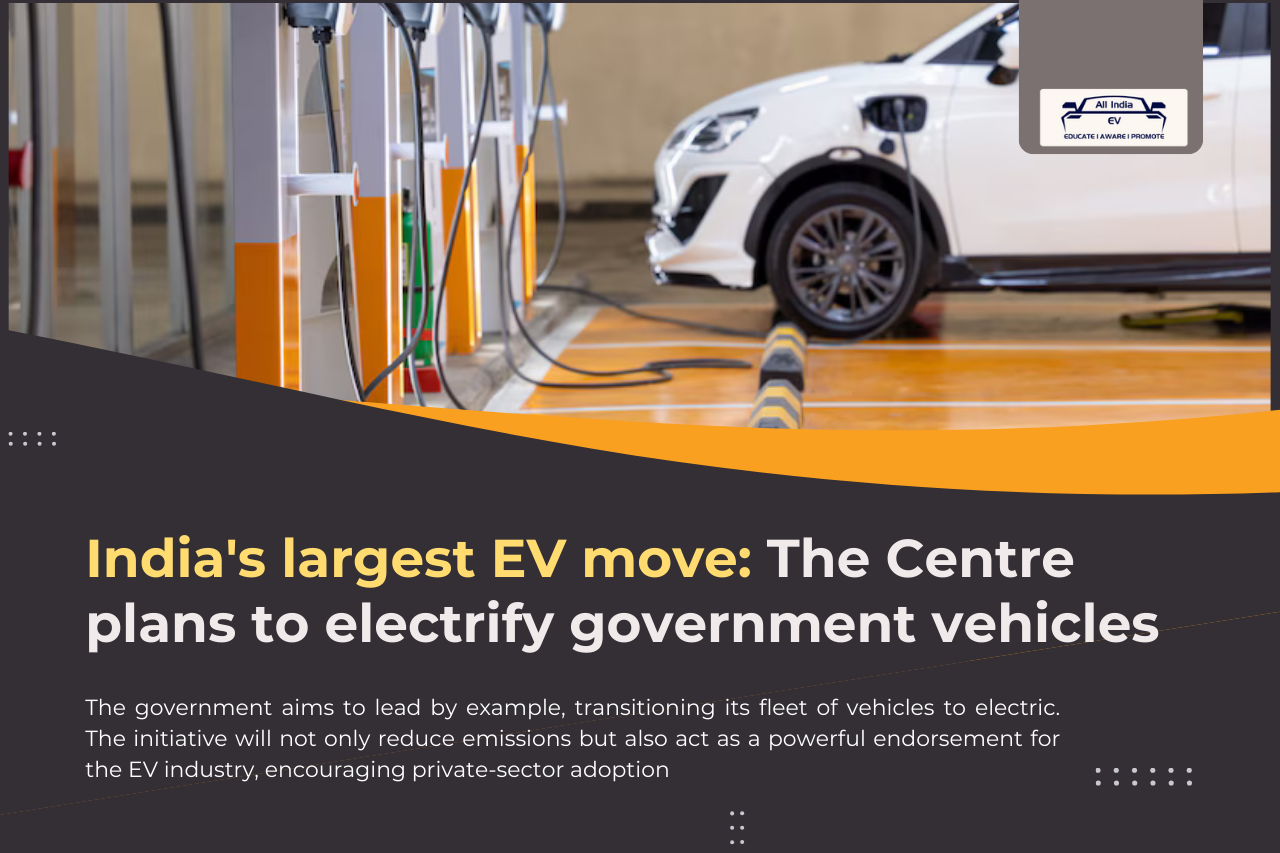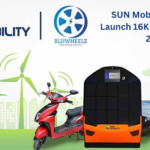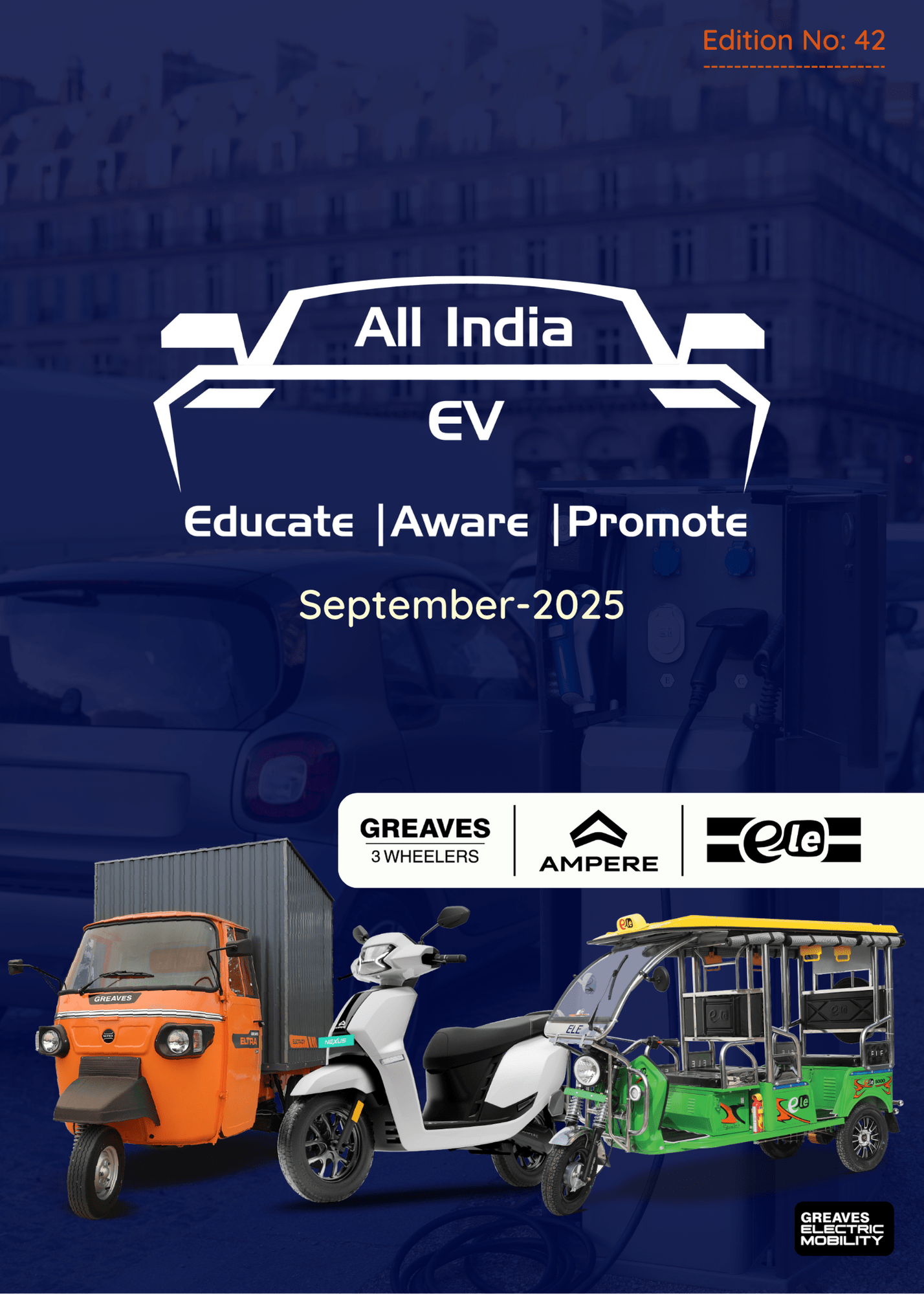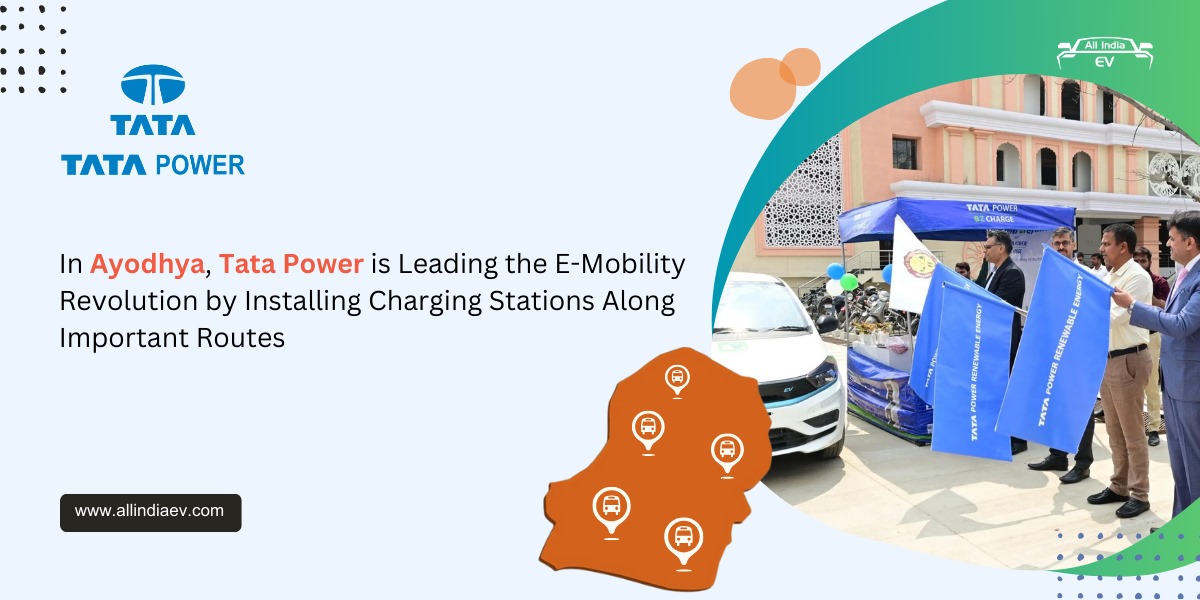
India’s Big EV Move: Centre Plans to Electrify Government Vehicles
As India marches towards a sustainable future, the central government is taking significant steps to accelerate the adoption of electric vehicles (EVs) across the nation. One of the most ambitious plans under consideration is the electrification of the government’s own transport fleet, signaling a decisive push towards zero-emission mobility. At the recently concluded FICCI National Conference on Electric Vehicles, Tarun Kapoor, Advisor to the Prime Minister’s Office, outlined this transformative vision.
Kapoor emphasized the government’s focus on driving the EV sector to not only increase the number of electric cars, buses, and two-wheelers on the road but also to establish India as a global manufacturing hub for EVs. The government aims to lead by example, transitioning its own fleet of vehicles to electric, which will not only reduce emissions but also act as a powerful endorsement for the EV industry, encouraging private sector adoption. To bolster state-level efforts, the Centre plans to offer interest-free loans to help states electrify their government fleets. Additionally, the government plans to electrify all ambulances across the country, setting a global benchmark for sustainable healthcare solutions. These initiatives reflect the government’s comprehensive approach to promoting electric mobility and achieving its ambitious targets for decarbonizing the energy sector by 2030.
Government Fleets Go Electric
The central government’s plan to electrify its transport fleet is a strategic move to lead by example in the transition to zero-emission mobility. By converting its own fleet to electric vehicles, the government aims to significantly reduce emissions and set a powerful precedent for the private sector. This initiative includes the electrification of all government vehicles, from cars and buses to two-wheelers, demonstrating a comprehensive commitment to sustainable transportation.
To support this transition, the Centre plans to offer interest-free loans to states, addressing financial barriers and ensuring a smooth shift to electric vehicles across all levels of governance. Additionally, the government has announced plans to electrify all ambulances nationwide, further emphasizing its dedication to sustainable healthcare solutions. This move is expected to set a global benchmark, showcasing India’s commitment to reducing carbon emissions and promoting eco-friendly transportation.
Policy Interventions to Drive EV Adoption
To promote the adoption of electric vehicles, the government is actively addressing structural challenges through various policy interventions. One of the key measures is the reduction of the goods and services tax (GST) on EV batteries and charging infrastructure, which remains a critical bottleneck for consumers and manufacturers. Lower GST rates are expected to enhance affordability and accessibility, boosting demand for EVs.
Additionally, the Centre is focusing on infrastructure development to support the growing EV ecosystem. Subsidies for setting up two- and three-wheeler charging stations and covering up to 80% of back-end infrastructure costs under the PM Electric Drive Revolution in Innovative Vehicle Enhancement (PM E-DRIVE) scheme reflect the government’s comprehensive approach. These policy interventions are designed to create a favorable environment for the growth of the EV market, encouraging both manufacturers and consumers to embrace electric mobility.
India’s Vision: Becoming a Global EV Hub
India’s vision of becoming a global hub for electric vehicle manufacturing is a key component of the government’s strategy to promote sustainable mobility. Union Commerce and Industry Minister Piyush Goyal has emphasized the need for a swift transition to electric mobility, urging Indian industry leaders to collaborate with global players from countries like Germany, Japan, and Korea.
The PM E-DRIVE scheme, announced with a budget of INR 10,900 crore, demonstrates the government’s commitment to boosting EV production and adoption. This program includes subsidies and incentives designed to make India a global leader in EV innovation and production. By fostering international collaborations and providing financial support, the government aims to position India as a major player in the global EV market, driving economic growth and technological advancement.









